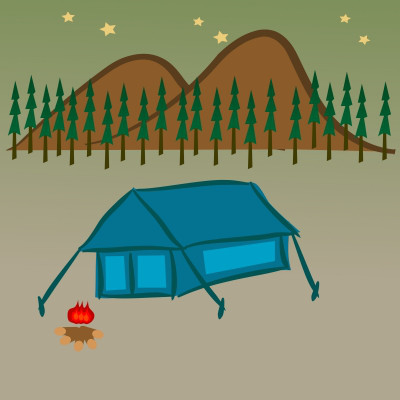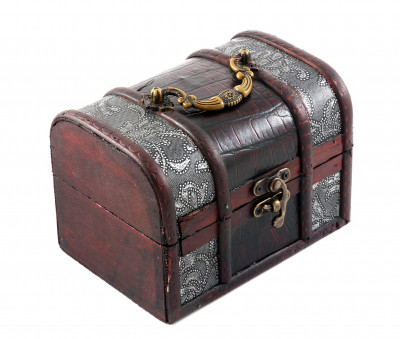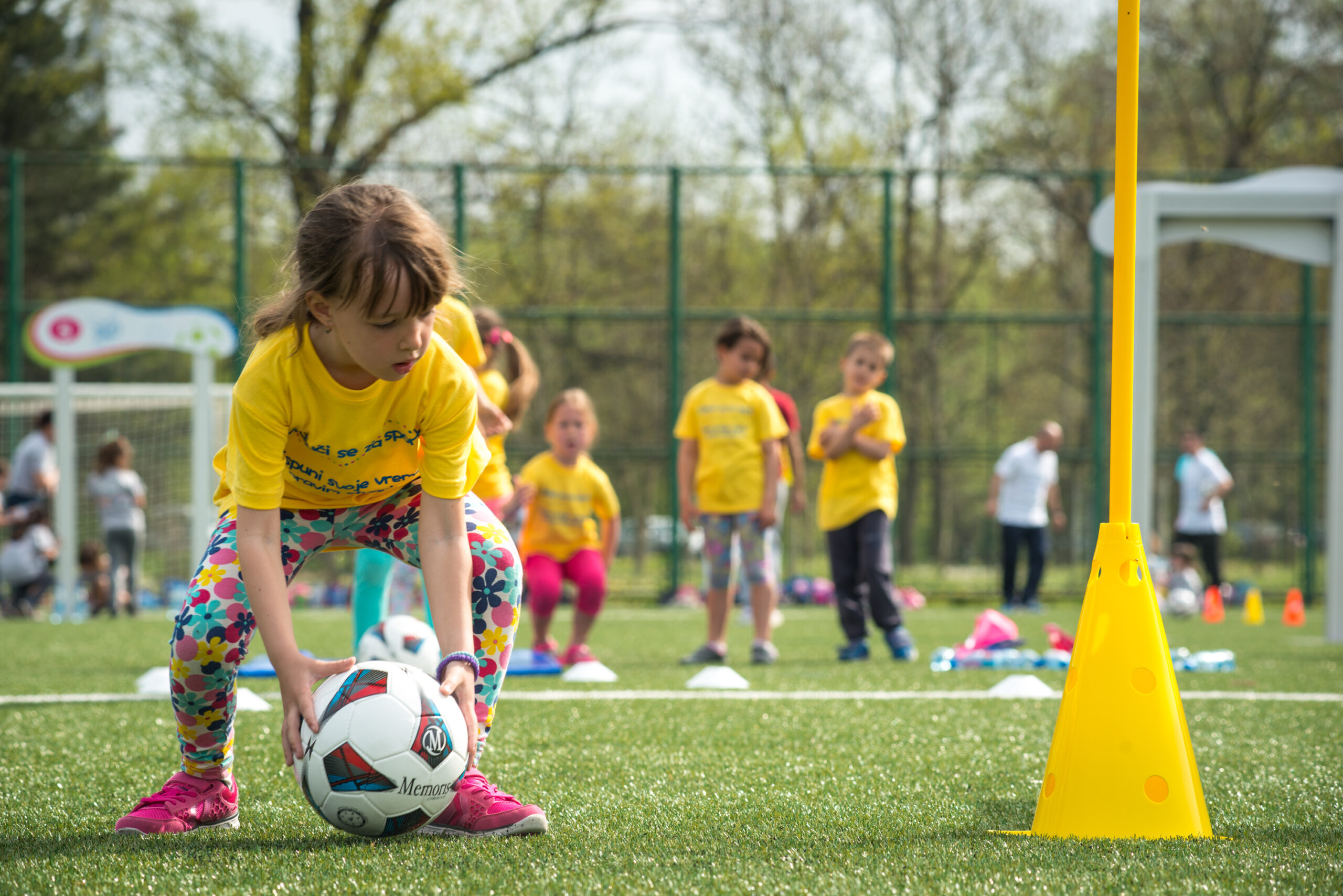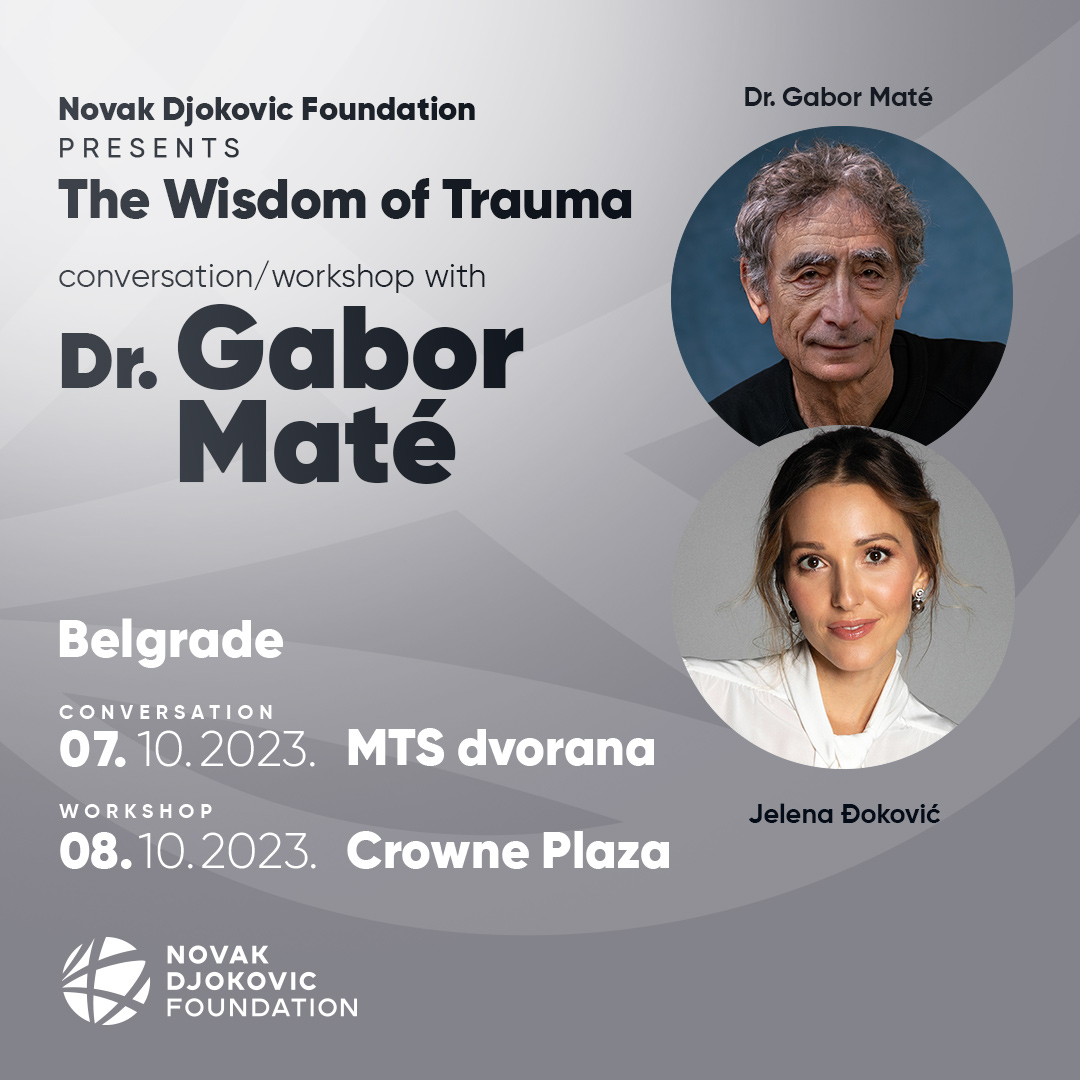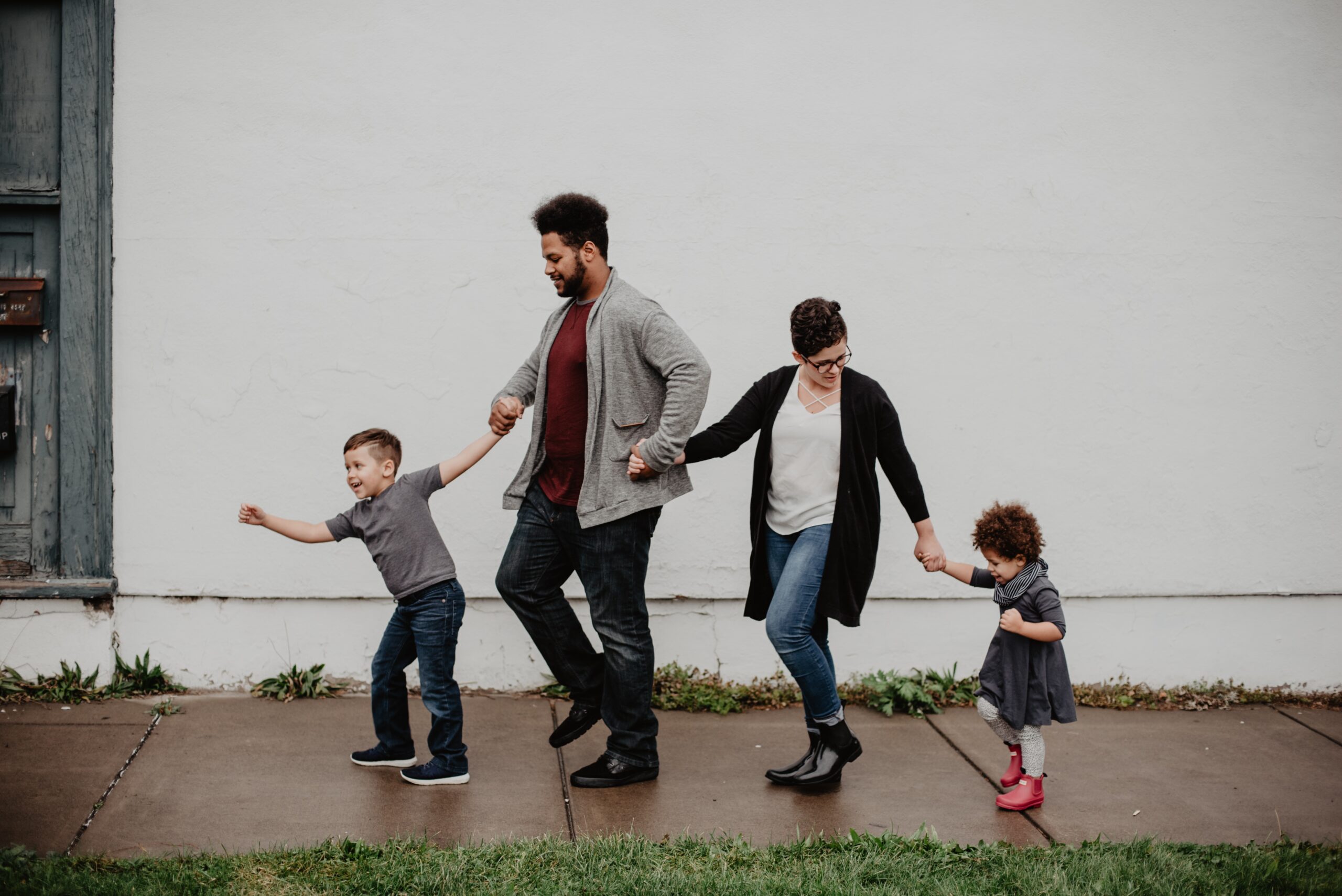The chances are that your children’s letters to Father Christmas have been written for several weeks now, although with frequent additions and revisions.
In the months preceding Christmas there is a noticeable ‘ramping up’ in the advertising of ‘the latest toys’ and the ‘next big thing’. However, we’ve all seen that some children, despite months of pleading, begging and pestering for a particular toy; once they have unwrapped it and played excitedly with it for a few hours; they leave it languishing in a corner by New Year. Once the initial excitement and gratification of something long desired has receded, the child realises that it is not as fun as it was marketed to be and other things have grabbed their attention. So how can you maximise the ‘play value’ of your Christmas gifts this year?
1) Choose toys that are ‘open ended’. Ask yourself: Can it be played with in a variety of ways? Does it encourage experimentation? Can it be played with differently each time? Some examples of these could include art materials and building materials (e.g. Meccano, Lego, Duplo, etc) that can make many different things and not just one model.
2) Books stimulate creative thinking and provide ‘food for thought’. Younger children also enjoy multi-sensory books perhaps with flaps to lift or different textures to feel.
3) Role play provides a wealth of creative opportunities but be wary of dolls or action figures which limit the realms of role play and equally dressing up outfits which are too prescriptive. Sometimes all children need is a large blanket over some chairs to create a cave, a tepee, a tree house or the belly of a pirate ship.
4) Child sized versions of what you use. Children love to imitate and feel that they are involved and valued. Getting child sized brooms, cooking utensils or gardening equipment can enable you to do these things together.
5) Encourage physical activity. The options are endless with some basic equipment. Bats, balls, skipping ropes, cones and hoops don’t have to be used just for the obvious activities. Skipping ropes can become the reigns of a horse and hoops can become stepping stones across a treacherous, crocodile infested river.
6) Choose items that are robust. If it has fiddly plastic parts which break easily or has functions which ‘run out’, think carefully about how much play a child will get out of it. Above all make sure that items are safe for the age of child you have in mind. Most items will have suggested ages written on the box.
7) Make sure children have the time to play with toys to inspire the imagination. If children are overly scheduled into adult led activities, this can hinder their creative abilities to simply ‘play’. Children sometimes need time and space to develop creative scenarios. If your child seems to be struggling for ideas or how to fill the ‘blank page’, consider an inspirations box. These might include story starters and objects to spark imaginative role play such as ‘a magic key’, ‘a treasure map’ or ‘a telescope’. It might include art project ideas, such as a list of things to find and make a collage with or pictures and postcards to replicate or continue the scene.
Think about what your child is particularly interested in at that time and include items based around these themes whether it is space, dinosaurs or the high seas.
Featured image: http://www.freedigitalphotos.net/images/red-gift-box-photo-p216008



